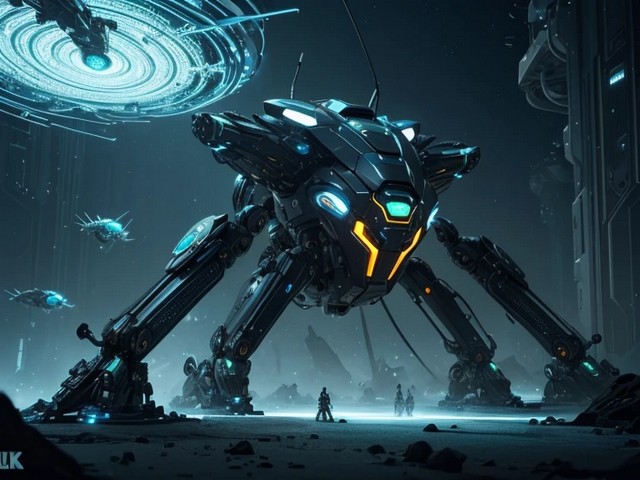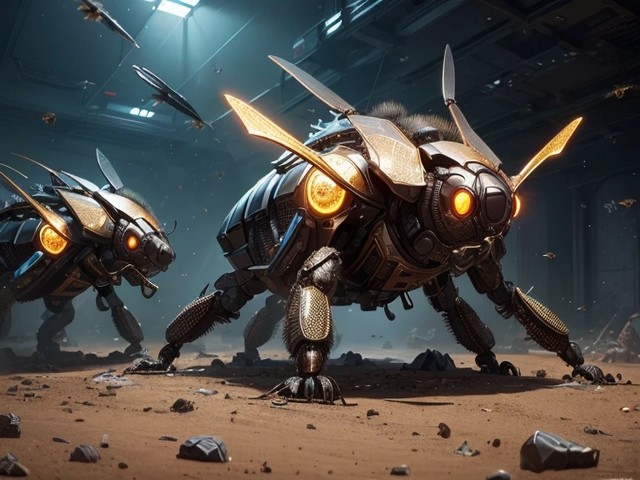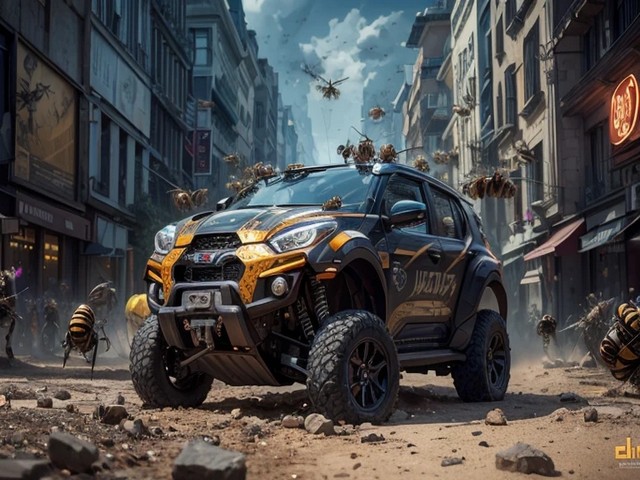
The swarm intelligence (SI) is inspired by the collective behavior of decentralized and self-organized systems. This swarm effect is something you see in nature all over the place: groups of birds, fish, or insects can perform remarkably well-organized and intelligent tasks without central control.
Swarm Intelligence in Nature
SI, as in independently moving insects working together for a common goal. For example, birds that fly in coordinated patterns are flocks, and the same for fishes too. These behaviors are a demonstration of the speed and adaptability at play in swarm systems hence giving birth to what we know as Swarm Intelligence, seen within technological and artificial system implementations.
AI Swarm Intelligence
With AI Swarm intelligence, we apply principles observed in natural swarms to artificial systems. Inspired by the decentralized and self-organized features present in natural swarms, AI Swarm Intelligence aims to innovate algorithms that facilitate answers for complicated problems. It is also the base for Swarm Intelligence Algorithms used in many technologies.
Swarm Intelligence Algorithms
Swarm Intelligence Algorithms are inspired by natural swarms. Swarm optimization algorithms like Particle Swarm Optimization (PSO) and Ant Colony Optimization(ACO) seek to mimic these swarming behavior-based problem-solving methods. They power a variety of areas like robotics and data analytics are used to facilitate optimization techniques in solving complex problems.
Swarm Intelligence Applications
SI has applications in various fields. For example, in the domain of robotics, swarm algorithms allow groups of robots to work together effectively (e.g., search and rescue operations). These algorithms can be used in data analysis to improve the performance of processing large datasets. SI also influences network optimization, bioinformatics, and artificial life.
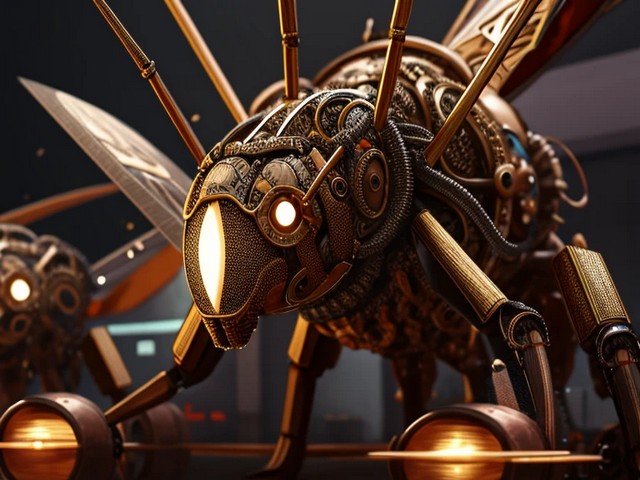
Understanding Swarm Intelligence (SI)
SI is an interesting idea that emerged from the collective behavior of decentralized, self-organized systems natural or artificial. Inspired by nature, it achieves intelligent global behavior from groups of simple agents following basic rules. For instance, ants forming colonies birds flocking together, or fish schooling where the group behaves as an indivisible unit to perform complex tasks.
SWARM INTELLIGENCE AND ARTIFICIAL LIFE
Swarm Intelligence and artificial life go hand in glove. Artificial life is the research into creating simulations of lifelike behaviors through programming and SI happens to be a part of it. These kinds of behaviors represent algorithms that can be mimicked by understanding how such systems behave. These Swarm Intelligence Algorithms play an important role in tackling difficult real-world problems.
Applications of Swarm Intelligence
SI can be used in many things. For optimization problems, robotics, network design, and others in AI Swarm Intelligence there are algorithms for that. One example is the Ant Colony Optimization algorithm which finds applications for network routing in identifying the shortest path as ants find food. Some examples of this type are Particle Swarm Optimization algorithms for continuous optimization inspired by the behavior of birds also in flocks.
SI is how we do things differently in the digital era. Harnessing the emergent, collective phenomena observed in nature allows us to design efficient and adaptive systems with robustly scalable solutions.

Key Principles of Swarm Intelligence
One of the most novel and fastest growing research areas in computational intelligence has been swarm intelligence (SI) that is originates from collective behaviors. observed in nature, for example, bird flocks or fish schools; ant colonies; and immune systems to mention a few.
AI Swarm Intelligence can produce complex problem-solving algorithms by capturing and imitating these behaviors. Decentralization is the central principle of SI. Individual agents, such as ants or bees in nature work according to simple rules and local information without a central coordinator. It’s similar to the principle in Swarm Intelligence Algorithms, where hundreds of agents interact locally and they collectively bring forth a global outcome. Not less important, it is the principle of self-organization.
SI systems are self-organizing: i.e. the structure of the organization appears by itself, as a product or outcome of its characteristic interactions with itself and its environment. This property is essential in the adaptability and resilience i.e. future proof of our AI Swarm Intelligence Applications. This makes it possible for systems to cope with volatility, respond on the fly, and then come right back from a disturbance.
SI essentially rides on the back of collaboration. Individual agents come together and solve problems that are too hard (possibly even impossible) for any one agent to do by themselves. It is this cooperation that allows the system as a whole in Swarm Intelligence Algorithms to exhibit intelligent behavior, despite every individual agent doing very little.
Another important feature of SI is flexibility. As the agents are independent and act on local information, it is trivial for Swarm Intelligence systems to adapt to changing conditions and tasks. The ability of AI Swarm Intelligence to cope with dynamic or unexpected environments offers a significant advantage. Many Applications of SI have resulted from the incorporation of such principles into artificial systems.
The potential of SI is immense from improving the effectiveness of large-scale networks and robotic systems to empowering faster data processing & decision-making. The use of L-systems to give scalable and highly flexible solutions also rendered a powerful tool within the domain not only for Artificial Life but other fields.
Ultimately, SI is a key methodology for solving real-world problems as it operates on the decentralization and self-organization principles to allow collaboration at scale with flexibility. And the future of research in AI swarm intelligence and swarm intelligence algorithms seems bright, so who knows how much more innovation we can see to harness collective power.
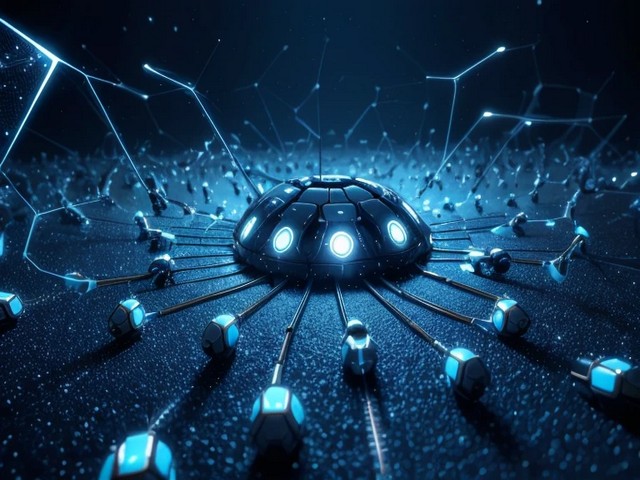
Swarm Intelligence Algorithms
Many source systems such as flocks of birds, schools of fish, and colonies of ants inspired the development of Artificial Intelligence (AI) which is driven to manage a global fractal short-term pattern over thousands. The core concept of AI Swarm Intelligence is that complex, intelligent behaviors can arise by simple rules of individual agents within the system. This decentralized approach differs from the traditional control seen in many AI methods.
Swarm Intelligence Algorithms try to imitate these natural swarm behaviors that may be used in solving complicated problems. In the words to come, I would demonstrate examples such as Ant Colony Optimization (ACO), Particle Swarm Optimization (PSO), and Bee Colony Optimization (BCO). These algorithms perform better in the areas where traditional methods are hit-and-miss cases, especially on optimization-problem & search problems.
Swarm Intelligence algorithms have applications across a wide area from optimizing delivery routes in logistics to improving network communications and can even help with higher accuracy of financial market predictions. Swarm Intelligence and Artificial Life are closely related fields. Artificial life, also known as Alife. Alife, is the view of synthesis and study of life like systems that have been created by other means than natural phenomena.
Many Swarm Intelligence algorithms originated from Alife research and simulate behaviors and interactions observed in nature. These behaviours can be studied to create more robust AI systems that are also likely then more efficient. Strength and Adaptability A prime advantage of SI in AI because intelligence is distributed across many agents the system can more easily recover from failures or changes in the environment a property that has made it inspirational for realizing robust swarms of robots.
This makes it a good fit for dynamic, real-world problems which can change quickly. To put it all in a nutshell, Swarm Intelligence Algorithms are more than just an adequate method for tackling a wide range of complicated problems. These are capable of offering robust and adaptive solutions to complex, dynamic scenarios based on natural swarm behaviors, thus outperforming traditional strategies when addressing such problem instances.
As our knowledge and understanding of SI (or if you will the Wisdom Of The Crowd) gains, it could aim for more widespread uses in potentially higher-impact areas.
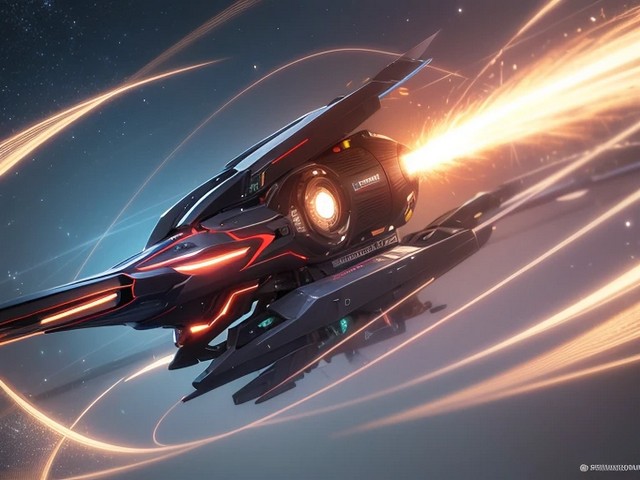
Applications of Swarm Intelligence
SI is an interesting idea that learns from the collective behavior of social insects such as ants, bees, and birds. SI, as the name hints is a decentralized and self-organizing system made up of simple (agents ) that follow specific rules that activate locally around each other and within their environment. These interactions give rise to the appearance of intelligent global behavior able to solve complex problems.
Swarm Intelligence algorithms are a class of AI Swarm Intelligence that are models and/or analysis methods inspired by collective behavior or some other natural activities of group characteristics. Some examples are Ant Colony Optimization (ACO), Particle Swarm Optimization(PSO), and Artificial Bee Colony algorithms. Due to these benefits the ability of adaption, ease in scaling, and robustness the application areas for path planning via PID control algorithms are vast which include robotics, telecommunications as well as logistics.
SI and artificial life more generally has its roots in modeling natural phenomena. Artificial life is the simulation of any aspect of the behavior, operating principles, and personality a live being or animal can have while swarm intelligence emulates behaviors displayed by naturally occurring persecuted entities. Both fields use principles of evolution, adaptation, and self-organization to learn what will give an intelligent solution.
SI is not only a subject of theoretical research, but it also finds its application in solving real-world problems. In the robotics field, SI is employed to organize a set of mechanical devices that work together as a group; for things such as search and rescue missions with robots. Provides network routing and load balancing in telecommunications Swarm intelligence algorithms that optimize delivery routes and warehouse management systems are exploited by logistics companies.
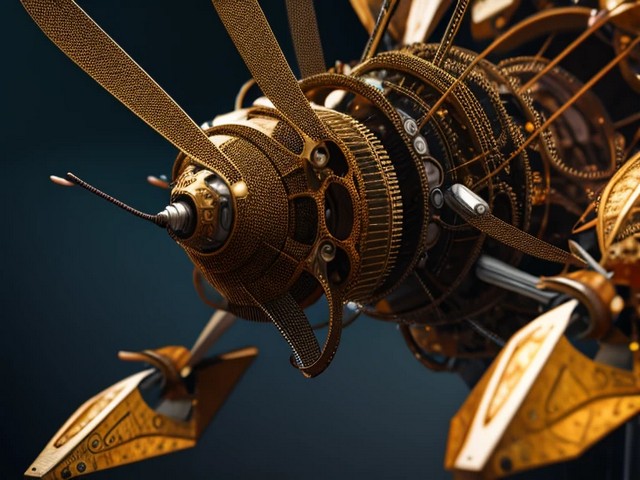
Relationship Between Swarm Intelligence and Artificial Life
SI is a mesmerizing concept, derived from the collective behavior of various species like ants, bees birds, etc. It is a description of how coherent system-level order emerges from the local interactions between self-interested agents and emphasizes that simple schemas command complex “intelligent” behavior. Some of these principles have played a huge part in the establishment and development of the AI Swarm Intelligence field.
SI is relevant to artificial life because of the way autonomous, decentralized, and self-organizing group behaviors of social animals surmounted many complex problems in nature. An example of such a problem could be that we want to maximize the efficiency of our logistical routes, manage network data traffic in near real-time, or design AI systems robustly. Swarm intelligence has myriad applications that include anything from improving the coordination of robots to bettering decision-making in complex environments.
SI and Artificial Life are highly interrelated oscillations. Artificial life is a study that mimics biological processes using simulations in computers and SI reveals how these thoughts can be used on the algorithmic level by showing us examples of relatively simple individual behaviors that give rise to surprisingly complex group dynamics. This synergy is leading to advancements in both compliance and biology ultimately benefiting from the combination of biological knowledge and computational performance.
A major application area of SI is the engineering development of autonomous systems that can accomplish tasks without overall centralized control. These systems are based on a Swarm Intelligence Algorithm which ensures that they can learn in real-time and adapt to changing conditions for example ants organize themselves when environmental changes occur. This method is particularly useful in cases such as disaster response, where timely and well-coordinated actions can be life-or-death decisions.

Case Studies of Swarm Intelligence in Artificial Life
Background Swarm Intelligence (SI) is an exciting field that gets motivation from the conduct of social creatures, for example, ants, honey bees, and fowls. Nature demonstrates incredibly decentralized problem-solving, coordination, and self-organization in natural systems. The project exploits these principles to create sophisticated algorithms that solve difficult computational problems using AI Swarm Intelligence. A Swarm Intelligence Algorithm usually includes several agents that interact with one another and the environment for global behavior to be intelligent.
Exploring Swarm Intelligence
Swarm intelligence algorithms have different kinds like Particle Swarm Optimization (PSO), Ant Colony Optimization (ACO), and Bees Algorithms. Many of these have in common that they are bio-inspired algorithms, that replicate the decentralized decision-making processes found in nature. E.g. in Ant Colony Optimization the artificial ants copy real ant navigational behaviors to travel between vertices of a graph to discover optimal paths;
Relation to Artificial Life
Whereas Artificial Life, or ALife is more about understanding life by building a synthetic system that looks like some kind of living organism. The study of Swarm Intelligence, a synthesis between AI and ALife models that mimic the collective behaviors found in biological systems is critical to understanding how an artificial intelligence can be created. The simulations can be used to study how complex behaviors arise from simple rules.
Swarm Intelligence in Life Applications
SI is application swing Constants areas Swarm robotics refers to a collection of robots that work together to complete tasks either because it is too complex for one robot or the advantage. Swarm drones can team up to perform environmental monitoring of vast regions. AI Swarm Intelligence is used in network routing, resource allocation, or even creative artifacts such as swarm-based music composition.
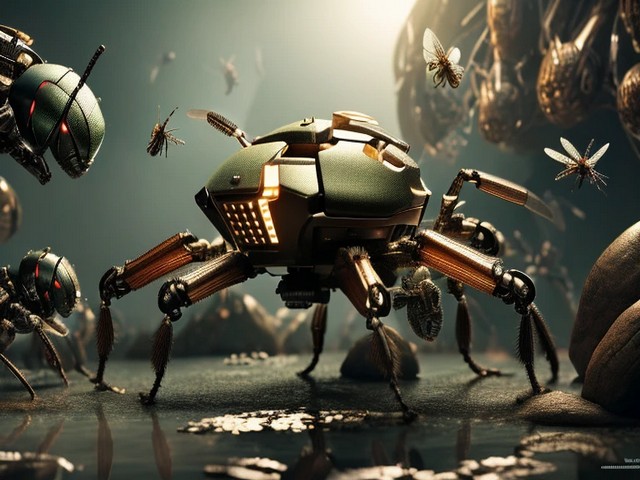
Future Prospects of Swarm Intelligence in AI
One interesting AI concept is SI. It is inspired by the swarm behavior seen in natural systems, like ant colonies and bird flocks or fish schools. They are systems with emergent behavior and problem-solving skills despite the simplicity of their constituents. In AI refers to the application of this idea into designing algorithms and models that simulate this collective behavior for solving challenging problems.
Understanding Swarm Intelligence
SI is an artificial intelligence technique based on the study of moving, self-organized structures with large numbers consisting of many individuals. Although each agent adheres to simple rules interacting only with its closest neighbors, the ensemble can achieve a sophisticated end. It is this emergent behavior that makes Swarm Intelligence so fascinating.
Swarm intelligence-inspired algorithms (e.g. Particle Swarm Optimization(PSO), Ant Colony optimization…) have been used for solving different problems in a variety of fields By parallelizing these kinds of applications with the help of GPU we can enhance their performance and making them more reliable to use.
The Link Between Swarm Intelligence and Artificial Life (AL)
SI is originated from Artificial Life (AL). This is the quest to simulate via computational models (or other means) that which surrounds us in living flesh. The field of Swarm Intelligence tries to understand how life-like complex behaviors can derive from simple agents. This synergy not only helps us to understand natural systems better but also exploits the idea of AI even more ambitiously.
Swarm Intelligence Applications
Swarm Intelligence Applications in the Real World: One such usage is in robotics via swarm robotics, where multiple robots can achieve different tasks while working together amongst other things. Telecommunications Swarm Intelligence algorithms for optimizing network routing and resources. In addition to these, SI is used in applications like environmental monitoring medical diagnostics, and even art & entertainment.

Conclusion
Swarm Intelligence (SI) is known to be an explicit branch of artificial intelligence, mainly used to deal with swarm systems. It is often inspired by the collective behavior of social organisms, such as ants, bees, and birds, quite naturally solutions to complex problems can be found in simple individual rules (Conway et al. 2007). Due to AI Swarm Intelligence, we can explore solutions and developments in different fields of life.
How Swarm Intelligence Works
Swarm Intelligence algorithms play a significant role in the advancement of AI technologies. These algorithms mimic the decentralized control and self-organization exhibited in natural swarms. For example, the most well-known and widely used algorithms in SI are the Ant Colony Optimization (ACO) algorithm and Particle Swarm Optimization (PSO), which have succeeded in solving a variety of complex computational tasks particularly different types of optimization problems.
Swarm Intelligence use cases
SI is widely applicable. Swarm robots are a great example of this in the robotics field where multiple, tiny little robots can work together to complete tasks that would be too complex or dangerous for an individual robot. In telecommunications, this helps manage network traffic more efficiently and routing protocols can be implemented. Furthermore, areas such as logistics, Healthcare, and environmental management, etc. are more recently involving SI solutions to increase the efficiency in problem-solving abilities.
Swarm Intelligence and Artificial Life
SI is highly associated with artificial life, which is an up-and-coming field in the study of complexity that focuses on synthetic means for emulating behavior and models from within real-life systems (be they software-based hardware-based, or even biochemically drawn). These fields both focus on simple rules and interactions producing complex behaviors.
The study of these systems can unravel some natural processes and provide researchers an opportunity to create highly advanced AI Swarm Intelligence kind of applications. Swarm Intelligence is a quickly changing industry with new opportunities to explore in AI at every turn. Some of the principles and methodologies not only provide practical solutions but also interpret collective behaviors observed in nature.
